Not everyone who buys an SUV wants to tackle hardcore off-road adventures. In fact, I reckon most of them don’t. Most people want a well-equipped and comfortable family vehicle that is off-road-capable enough for an occasional foray onto a well-maintained dirt road, which leads to their favourite national park, campsite, or out-of-the-way beach.
They don’t care if the vehicle has a low-range transfer case or not.
And that’s why the market for city-focussed non-4WD SUVs – aka soft-roaders* – is so massive because people want a refined daily driver better suited to the city than the country, but it’s a vehicle in which they can take on some light-duty adventure driving. (* An SUV without low-range 4WD, but marketed as a go-anywhere-type vehicle.)
Family SUVs, such as the likes of the Mazda CX-5, Hyundai Santa Fe and Toyota Kluger and others of their ilk, are perfectly okay for light off-roading. Monocoque city-focussed SUVs have off-road drive modes and enough driver-assist tech to help them conquer unsealed roads or light off-roading in dry weather with no worries, and they drive better on suburban roads and city streets than most ladder-frame chassis models.
So, if a buyer is thinking of spending more cash to get a Toyota Prado or a Ford Everest, in 90 per cent of use cases it’s better for that person to opt for a family SUV, such as a Santa Fe or Kluger, and still have the opportunity for light off-roading adventures.
And here’s why.
A vehicle doesn’t need 4WD to go off-roading
That statement (above) is correct as long as your definition of off-roading is absolutely appropriate to the vehicle you’re driving.
Our AdventureGuide rank system is a good reference: Light – dry weather gravel roads and formed trails with no obstacles, very shallow water crossings; Medium – hard-packed sand, slight to medium hills with minor obstacles in all weather; and Heavy – larger obstacles, steeper climbs and deeper water crossings; plus tracks marked as '4WD only’.
Generally, SUVs without low-range 4WD should stick to Light off-roading, and leave anything more difficult than that to vehicles with low range. Otherwise, you’re risking damage to the vehicle or worse.
Sure, as the Volkswagen Amarok proved to the world all those years ago, a vehicle doesn’t need a low-range transfer case to be able to tackle serious off-roading. No, all it needed was an off-road traction control system, full-time 4WD through a Torsen centre differential, a rear differential lock, and an eight-speed automatic transmission.
.jpg)
But that’s really the exception to the rule.
And, besides, the type of SUVs we’re considering in this yarn – Mazda CX-5, Hyundai Santa Fe and Toyota Kluger et al – don’t have the ground clearance, off-road angles, or underbody protection of an Amarok. They simply aren’t designed, engineered or built with anything more than light off-roading in mind.
Any vehicle with a car-like monocoque body structure, fully independent suspension – not a live axle in sight – and no low-range gearing is simply not up to the task of hard, technical off-roading.
However, that doesn’t mean you can’t have grand adventures a little way off the beaten track, with no stress and no risk of damage to the vehicle or your ego.

Don’t believe the ads – in which vehicles punch along rutted tracks, through rooster tails of red sand and plow through shallow ocean waves – but do become very familiar with your vehicle’s off-road driver-assist tech and you’ll have a much better idea of what it’s capable of.
As standard, SUVs with off-road drive modes and other driver-assist tech (hill descent control etc) should be able to comfortably handle the type of low-stress terrain they’re built to tackle. Stay within its limits – again, well-maintained dirt tracks in dry weather – and you’ll have a ton of fun.
Off-road traction control systems are pretty sophisticated and terrain-specific drive modes are such nowadays that, with considered driving, one of these vehicles will get you through a section of track you may not have thought otherwise possible.
And the good news is that it’s pretty easy to make an SUV even more comfortably capable on the terrain for which it’s designed.
There are easy ways to make your SUV even better off-road
As well as lacking low-range 4WD, these types of SUVs fall short, in terms of off-road suitability, with city-friendly ground clearance, off-road angles, underbody protection, tyres and suspension.
Well, those can be addressed via Australia’s dynamic aftermarket industry, i.e. Ironman 4x4, ARB, TJM and the like.
A decent set of grippy all-terrain (AT) tyres and a mild lift kit will marginally improve your vehicle’s ground clearance and off-road angles, and robust underbody protection will afford some protection to vulnerable components.
Tyres are your vehicle's point of contact with the ground. Your choice of tyres, and their pressures, will dictate how easily and safely your vehicle handles any off-road terrain.
.jpg)
Most new SUVs and 4WDs are sold with HT (Highway Terrain) tyres and these tyres – skinny and not offering much protection against off-road damage – are not well-suited to off-roading.
A set of decent all terrain tyres – a good all-round tyre – will save you a lot of hassle on bush tracks and on the beach. They are tough, less susceptible to sticks-and-stones damage than HT rubber and provide plenty of off-road grip.
In terms of ground clearance, for reference, a Hyundai Tucson has 172mm, the Subaru Crosstrek (an AWD) has 220mm, the Nissan Navara ST has 226mm, and the Ford Ranger Raptor has a best-in-class ground clearance of 283mm.
AWDs generally have less ground clearance than 4WDs and are more prone to getting bogged or sustaining mechanical or body damage because of their low undercarriage. Also, their approach, departure and ramp-over angles are also generally less off-road-friendly than those of their taller, purpose-built rivals.
.jpg)
In basic terms, a vehicle’s approach angle is the maximum degree measure that an incline can have from the horizontal ground and that your vehicle can still drive up without its front end, bumper or bull-bar becoming stuck on the incline or sustain damage in doing so.
The departure angle is the same principle but applied to the fact that you will be driving off the obstacle or terrain.
Ramp-over angle refers to the angle between your tyres and the centre of your vehicle’s underbody; too shallow an angle and your vehicle will scrape over or even get ‘hung up’ on minor obstacles. With regards to all of these figures, the bigger the number, the better.
All-terrain tyres and an aftermarket lift will at least marginally improve ground clearance and off-road angles.
.jpg)
While the market for soft-roader aftermarket accessories isn’t anywhere near as massive as the 4WD sector, you still should be able to find gear and upgrades to suit your vehicle.
But, remember, this kind of aftermarket work isn’t a cure-all for your SUV and you’ll still have to drive with great patience and attention if you’re traversing anything more difficult than that ‘Light’ terrain I keep mentioning. (Good advice is repeated often.)
What I reckon
It’s possible to have off-road adventures in an SUV that does not have low-range 4WD or great ground clearance – just make sure you’re on terrain that’s well within the vehicle’s capabilities and you still have to drive very carefully.
Light off-roading is absolutely fine because it results in lots of fun – and very little wear and tear on your vehicle, minimal risk of damage to the vehicle or, more importantly, the occupants, and little to no stress for the driver and passengers.
Buy what you need, not what you want and then tailor your adventures to fit in with your skill and experience level, what you actually want to do and what your vehicle is capable of.
Buy a 2WD, AWD or 4WD that fits in with your world. It’s your vehicle so it should suit your lifestyle and your idea of what constitutes an adventure.



.jpg)








.jpg)
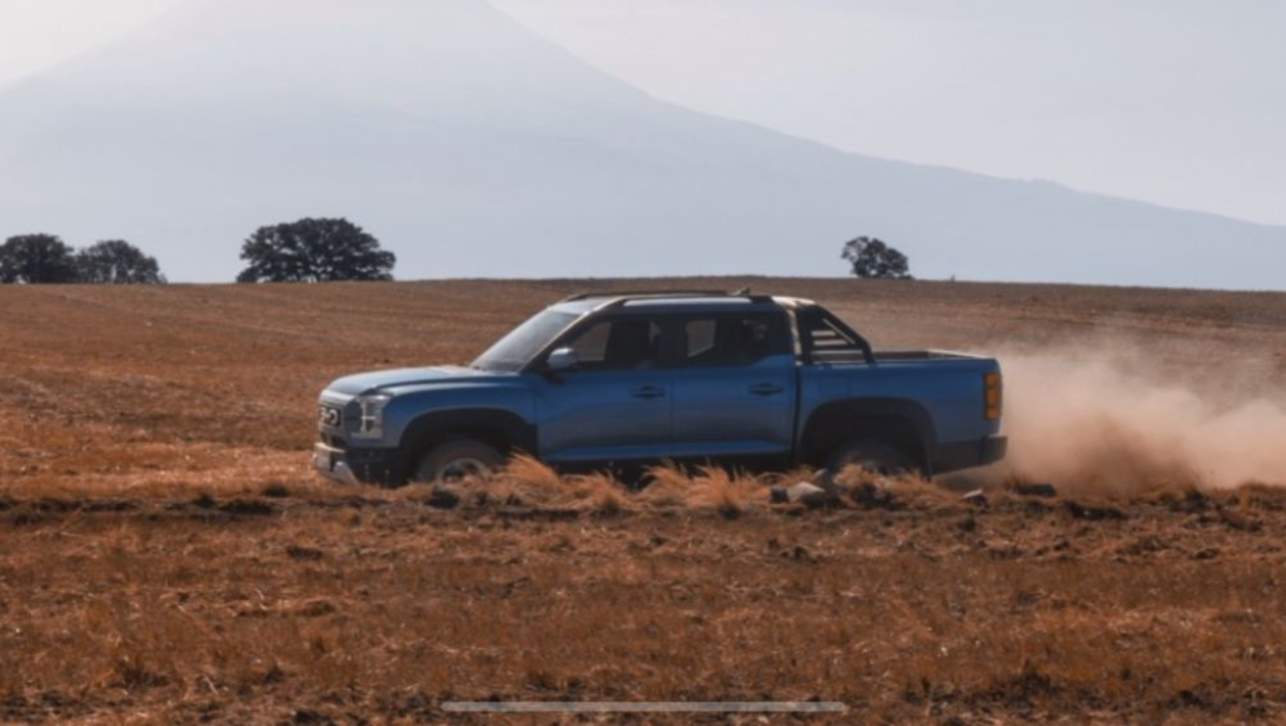
.jpg)
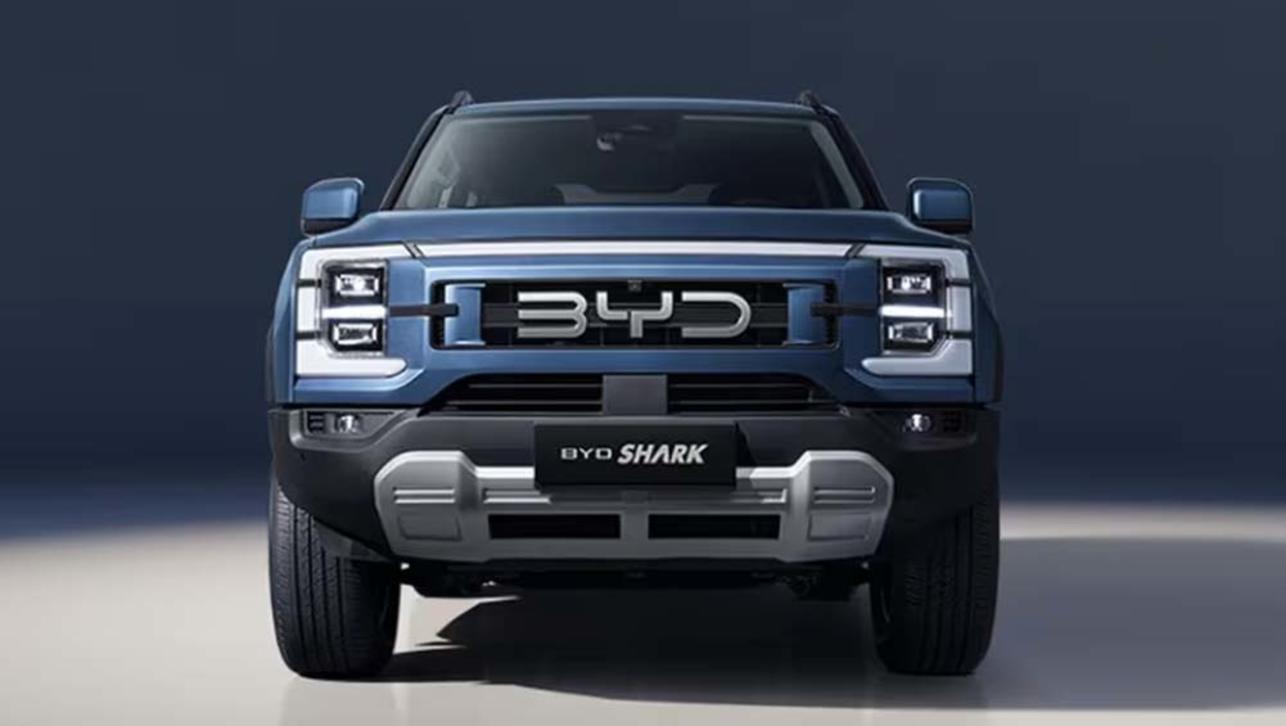
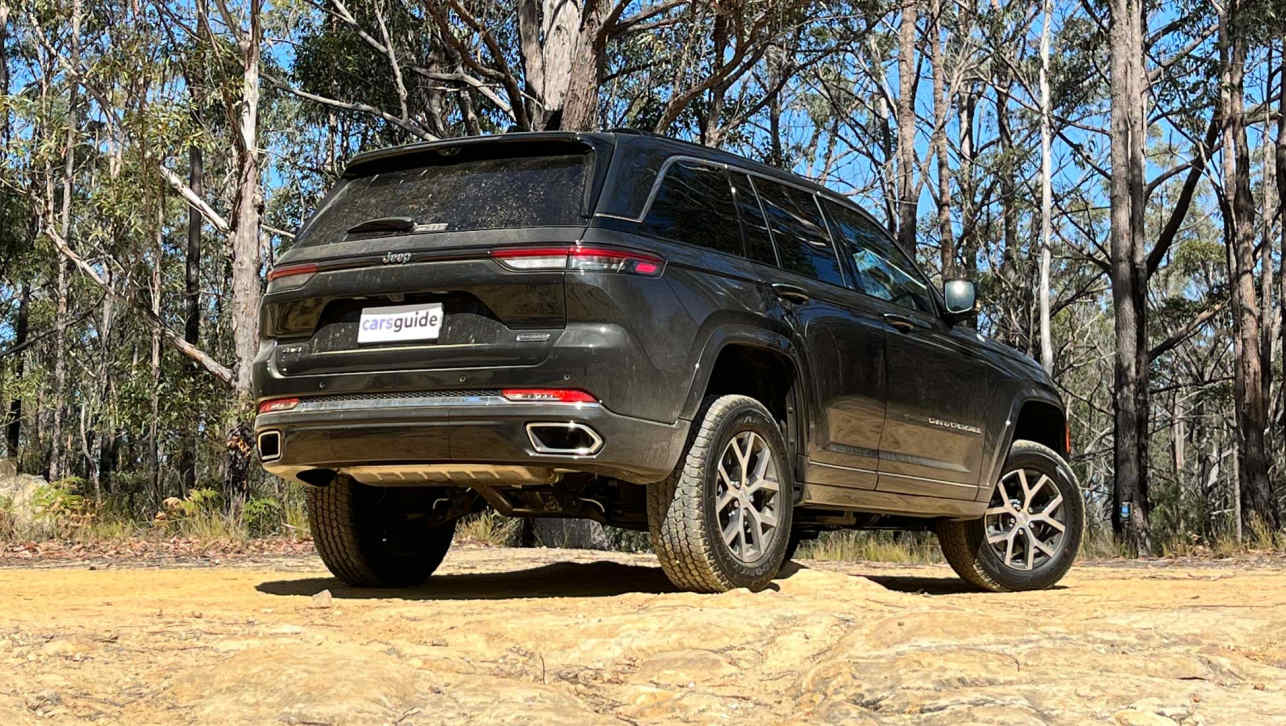
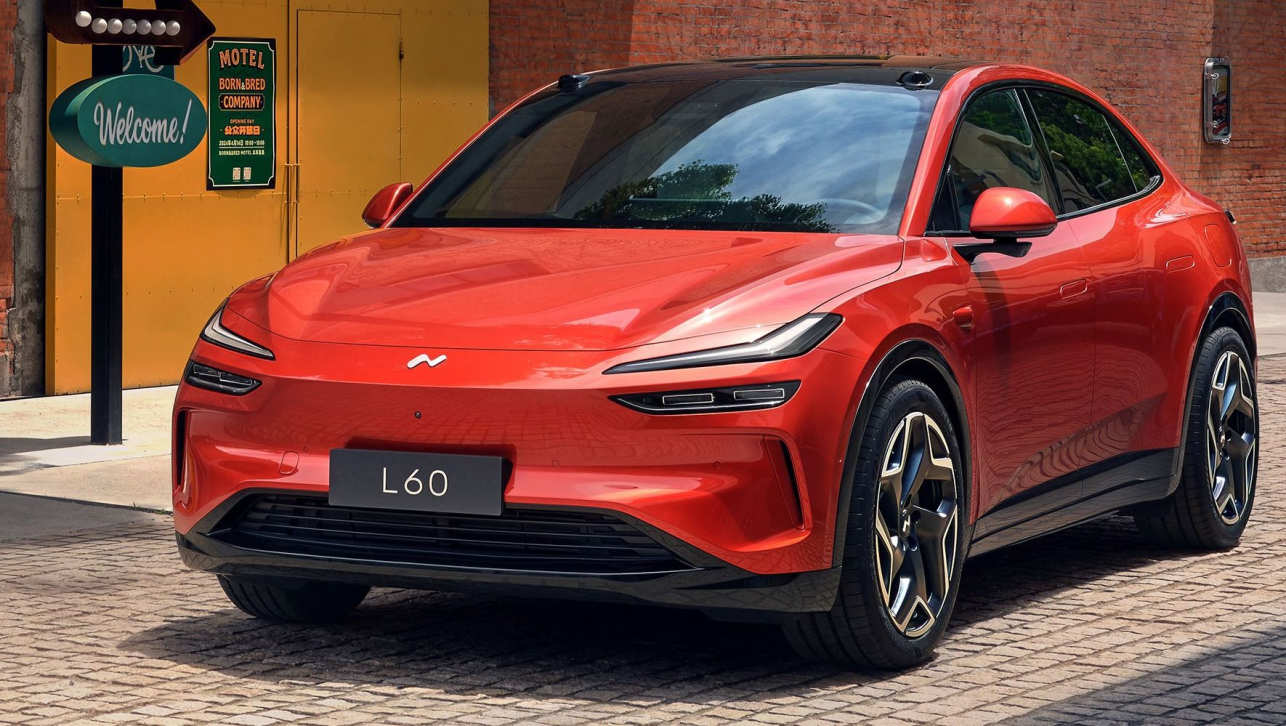

.jpg)
.jpg)

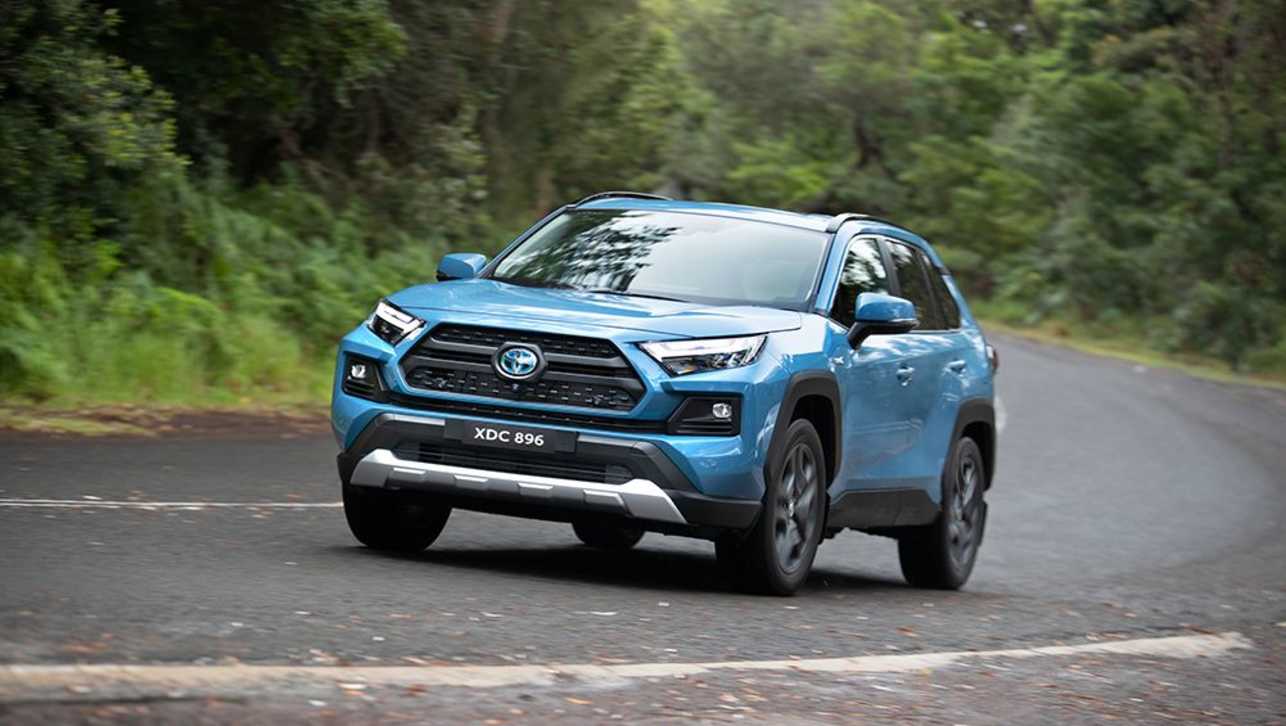

.jpg)
.jpg)




Comments